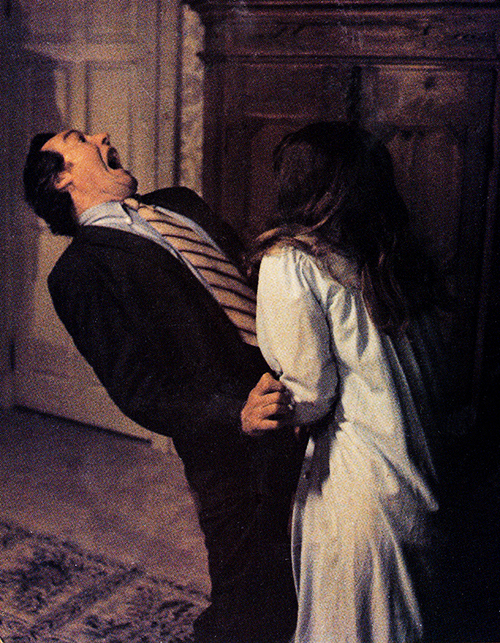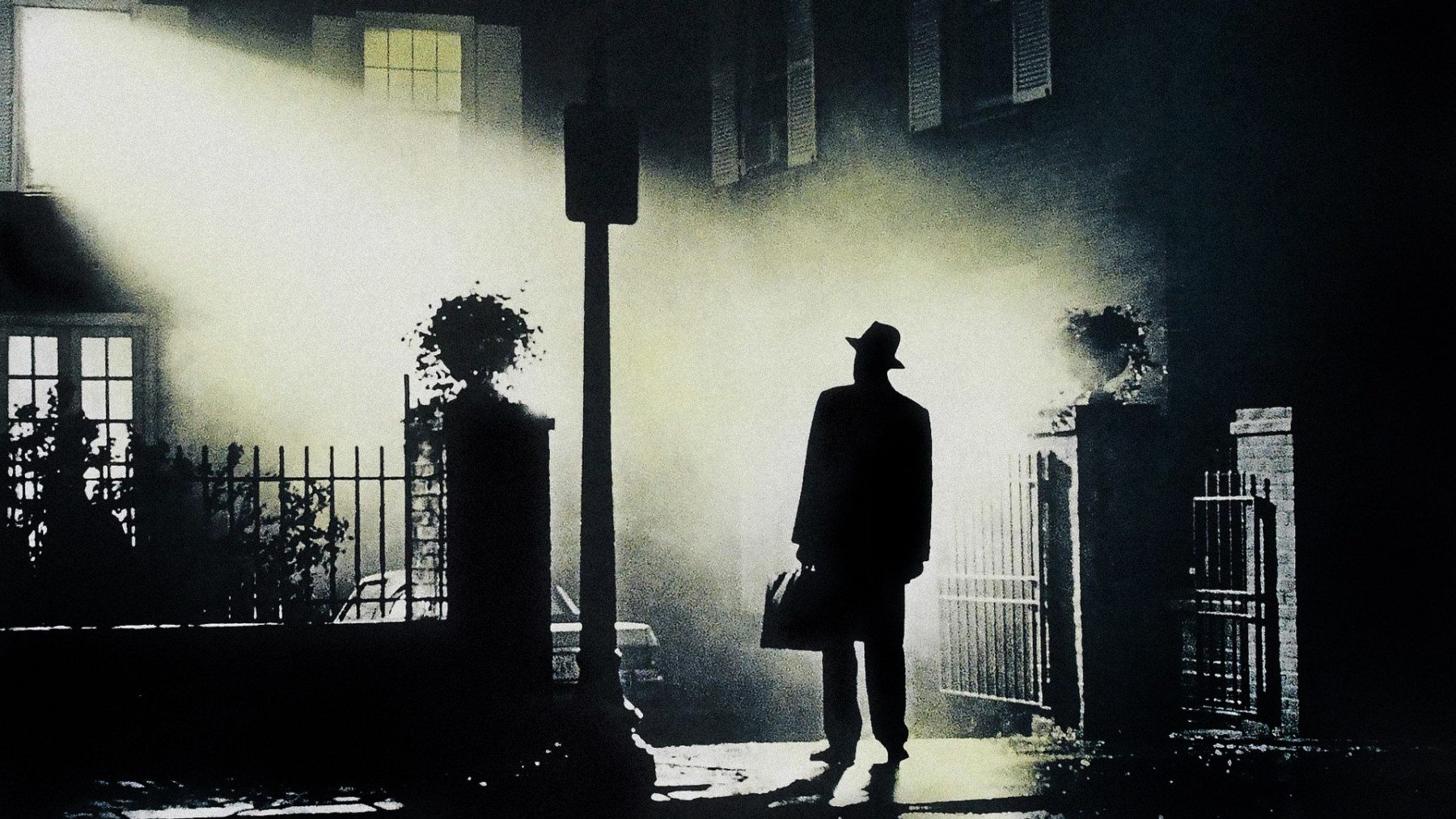40 Years of Terror: The Exorcist
Four months, four weeks or even in some unfortunate cases, four days is enough time for a demanding audience to see and soon forget a film churned out from Hollywood’s cinema production line. Perhaps we offer a few chuckles, jerk a couple of tears, puff out a few sighs, (“not another Michael Bay catastrophe…”), but it takes real emotional impact for a film to remain with us way after we’ve reached the bottom of the popcorn box. How then has William Friedkin’s The Exorcist survived an expanse of forty years, a time in which the film has found its impact stretching right the way through an international cinema culture? Simply enough, this is an example of how our fascination for horror and controversy matched with cinematic genius and a mastery of the horror genre have produced a film able to withstand the erosion of time.
 The date is 26 December 1973. Record-breaking crowds fill the streets outside cinemas across the United States, nervous tremors pulsating through the queues, as people desperately anticipate the on-screen adaptation of William Peter Blatty’s best-selling novel. The experience proved too much for some. As the film’s success climbed and the speculation spread, newspapers began reporting hysterical audience reactions to the film, with some members fainting or vomiting in the cinema aisles. Despite being met by mixed reviews after its opening, The Exorcist undoubtedly struck a quavering chord with the public. Fast becoming one of the highest grossing films of all time, the audience’s response to The Exorcist was, and often still is, one of extraordinary shock and captivation.
The date is 26 December 1973. Record-breaking crowds fill the streets outside cinemas across the United States, nervous tremors pulsating through the queues, as people desperately anticipate the on-screen adaptation of William Peter Blatty’s best-selling novel. The experience proved too much for some. As the film’s success climbed and the speculation spread, newspapers began reporting hysterical audience reactions to the film, with some members fainting or vomiting in the cinema aisles. Despite being met by mixed reviews after its opening, The Exorcist undoubtedly struck a quavering chord with the public. Fast becoming one of the highest grossing films of all time, the audience’s response to The Exorcist was, and often still is, one of extraordinary shock and captivation.
Not often in cinema is the image of a glowing streetlight enough to send bubbling nerves through the stomach, and bristling chills running down the neck. Perhaps one of the most iconic images, not just within the horror genre, but also in cinema history, is the silhouetted figure of a man, strikingly stood below the glowing bulb, amongst an almost tangibly dank gloom. The man, Father Merrin (Max Von Sydow), an elderly priest and archaeologist, has arrived at the Washington home of successful actress Christine MacNeil (Ellen Burstyn) and her daughter Regan (Linda Blair). After witnessing some deeply disturbing behaviour from Regan, in her desperation Christine seeks some more “specialist” help, believing her daughter to be possessed by a demonic spirit.
More than just a horror film, The Exorcist has left an impenetrable legacy in more ways than one. Audiences still remember their intense first experience of the little girl possessed and the unforgettable piano solo of Mike Oldfield’s tantalisingly chilling Tubular Bells. Equally as enduring is the film’s cinematic influence; it’s highly likely that even if you haven’t seen the film, you will know of the infamous head-spinning-spider-walking-crucifix-debasing moments, which have so far failed to fade from cinematic memory in the 40 years since the film’s release.
The Exorcist was one of a number of demonic-child horror films to be produced around the late 1960s to the mid 1970s, which included the equally hair-raising Rosemary’s Baby from Roman Polanski and Richard Donner’s The Omen. It is still, however, The Exorcist that frequently, and deservedly, claims the title of best horror film of all time.
The Boar shares its 40th anniversary with a cinematic and cultural phenomenon, and far from fading into four decades of history, both have become more vibrant with age.
https://www.youtube.com/watch?v=VsA3nxzgK-M
(Header Image Source, Image 1)

Comments